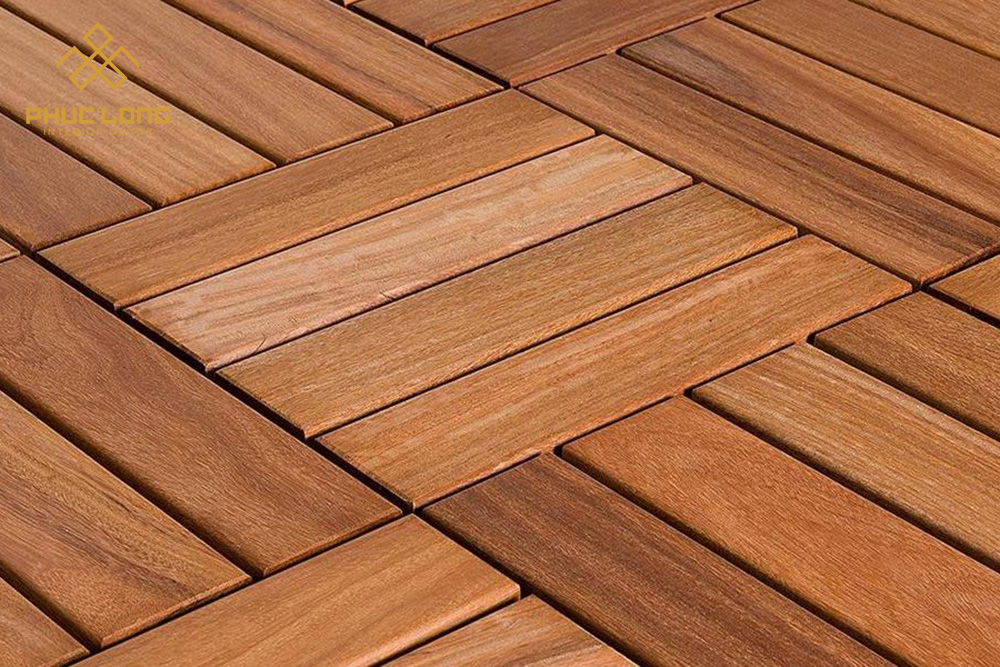Vietnam wood pellets have seen consistent growth in export volume over the years, making the country the second-largest producer of wood pellets in the world, following the United States. The main importers of Vietnam wood pellets are South Korea and Japan, where they are utilized as primary input materials in electricity production.
What are wood pellets?
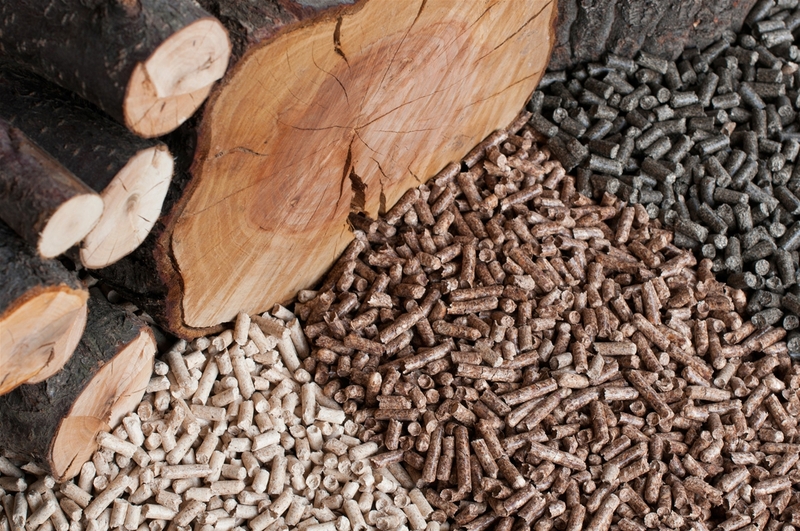
Wood pellets are typically crafted from compacted sawdust, a byproduct of industries like sawmills. These pellets are naturally bound by the wood’s own lignin, eliminating the need for additional adhesive. Lignin, which constitutes around a quarter to a third of dry wood, not only reinforces wood but also provides waterproofing capabilities.
Thanks to their minimal moisture content, usually between 6% and 10%, wood pellets serve as an excellent energy source. Their low moisture content ensures that very little energy within the pellets is utilized for moisture evaporation. Key characteristics of wood pellets include:
Moisture: 3.5%–5.5%
Ash: 0.2%–0.5%
Calorific value: 8800 Btu/lb
Bulk density: 600–750 kg/m³
Due to their high density and low humidity content (below 10%), these pellets burn with exceptional combustion efficiency. As a result, wood pellets are utilized as a fuel source. Their popularity is on the rise due to escalating primary fuel costs and mounting concerns regarding global climate change.
What’s special about Vietnamese wood pellets?
Vietnam is one of the largest producers and exporters of wood pellets in the world. In recent years, wood pellets have consistently been among the top wood products exported by Vietnam. To achieve this position, Vietnamese wood pellets are always meticulously inspected for quality, including the following four criteria:
1. Size of Raw Material
For sawdust, the maximum size for producing wood pellets is 4mm. Regardless of the chosen raw material, uniformity in size is crucial and should be prioritized for better quality. The more uniform the size, the better.
2. Size of Wood Pellets
The size of wood pellets determines their usage and purpose. Pellet size is a key factor influencing the handling and combustion behavior of the fuel. Larger pellets require stronger equipment for use and longer burning times.
The diameter of wood pellets is determined by the diameter of the pellet press mold.
The length of wood pellets is determined by the knife outside the compression mold. The pellet length is defined to be no more than 4cm.
3. Density of Wood Pellets
Density affects the combustion efficiency of wood pellets. Higher density leads to higher efficiency. Additionally, pellet density is influenced by the density of the pellet particles. The method of measuring pellet particle density ranges from 1.12 to 1.3 kg/dm³.
4. Mechanical Strength of Wood Pellets
The mechanical strength of wood pellets is one of the most important parameters determining their quality. Mechanical strength refers to the ability of individual wood pellets to remain intact during loading, storage, and transportation. The mechanical strength of wood pellets should not be less than 97.5% of their original weight.
Read more: Top 7 Wood Products Exported from Vietnam
Wood pellets production technology in Vietnam
The wood pellet production technology in Vietnam has been gaining attention and growth due to its potential as a renewable energy source. Here is an overview of wood pellet production technology in Vietnam:
- Feedstock Selection: The primary feedstock for wood pellet production in Vietnam is often wood waste and byproducts from various industries, such as sawmills, furniture manufacturing, and agricultural residues. These materials include sawdust, wood shavings, wood chips, and even rice husks.
- Preparation and Drying: The collected wood waste is first processed to remove impurities like dirt, rocks, and oversized particles. Drying is a crucial step to reduce the moisture content of the feedstock to the desired level, typically around 10% or lower. Low moisture content ensures efficient pelletization and high energy content in the final product.
- Pelletization: Pelletization involves compressing the dried feedstock at high pressure to form cylindrical pellets. In the process, lignin acts as a natural binder, eliminating the need for additional binding agents. The feedstock is forced through a pellet die, which shapes the pellets, and then cut into uniform lengths.
- Cooling and Screening: The freshly formed pellets are often hot and need to be cooled before packaging or storage. After cooling, the pellets go through a screening process to remove fines and ensure consistent size and quality.
- Packaging and Storage: Once the pellets are cooled and screened, they are packaged in bags, big bags, or bulk containers, depending on the intended market. Proper packaging helps preserve the quality of the pellets during transportation and storage.
- Quality Control: Quality control measures are essential to ensure that the produced wood pellets meet the required specifications. Parameters such as moisture content, pellet length, bulk density, and ash content are monitored to maintain consistent quality.
- Market and Applications: Wood pellets produced in Vietnam are primarily used as a renewable energy source for residential heating, industrial processes, and power generation. They are considered a cleaner alternative to fossil fuels and contribute to reducing greenhouse gas emissions.
- Environmental Considerations: The wood pellet production industry in Vietnam, as in other countries, should adhere to sustainable practices to ensure that the sourcing of feedstock does not contribute to deforestation or ecosystem degradation. Sustainable forestry management and responsible sourcing of feedstock are crucial for maintaining the environmental benefits of wood pellet production.
Experience in choosing wood pellets manufacturers in Vietnam
Choosing a particleboard manufacturing factory in Vietnam requires careful consideration of various factors to ensure you find a reliable and quality partner. Here are some tips for selecting a particleboard manufacturing factory in Vietnam:
1.Research and Evaluation:
First and foremost, you need to have a solid understanding of the market and the particleboard industry in Vietnam. Research potential factories by checking their websites, reading reviews from previous customers, and even engaging in direct conversations with potential partners.
2. Product Quality:
Ensure that the factory has the capability to produce high-quality particleboard products that meet your standards and requirements. This can be assessed by requesting product samples or even visiting the factory to observe the production process firsthand.
3. Infrastructure and Technology:
Check the factory’s infrastructure, including production equipment and technology. A factory with modern equipment and advanced production processes is more likely to ensure higher quality and performance.
4. Support Services:
When working with a factory located abroad, support services are crucial. Inquire about post-sales support, response time in case of issues, and their ability to address problems promptly.
5. Certifications and Documentation:
Verify whether the factory holds necessary certifications and documentation such as quality certificates, environmental certifications, ISO quality management certifications, etc. This ensures they adhere to international standards and maintain a professional attitude.
6. Pricing and Contracts:
Compare prices and contract terms from different factories. Make sure that all costs and terms have been discussed and understood before signing any contract.
7. Interaction and Communication:
Observe how the factory interacts and communicates with you during the initial inquiry process. A smooth and responsive interaction model can indicate a cooperative spirit for future collaboration.
8. Factory Visit:
If possible, visit the factory to witness the production process firsthand and meet the working team. This will provide you with a clearer picture of the facility and the factory’s workforce.
Top 4 the best quality wood pellets manufacturers in Vietnam
Presently, there are many factories in Vietnam producing wood pellets. To aid your research, VietnamWood will outline the top 4 prominent factories in the wood pellet manufacturing sector, boasting years of experience and modern production facilities, and serving as significant exporters of wood pellets domestically.
1. An Viet Phat

Established in 2014, AVP has rapidly ascended to a prominent position within Southeast Asia and ranks among the world’s top five wood pellet exporters. Over time, AVP has prioritized the establishment of a sustainable material sector as a core developmental objective for the Group. This pursuit has resulted in a network of 8 companies, 4 branches, 27 representative offices, and 17 factories spanning across all provinces and cities of Vietnam. The workforce, totaling nearly 1,000 employees, collaborates with a global network of partners.
An Viet Phat Group envisions forging enduring sustainable partnerships while seeking global business expansion. AVP’s key operational domains encompass Wood Pellets, Paper, Coal, Wood, LEDs, Transportation, Agricultural Products, and Real Estate. Demonstrating remarkable growth velocity, AVP maintains an unwavering commitment to professionalism, innovation, and sustainable advancement, grounded in robust principles of corporate governance
2. Phu Tai Bio-engergy
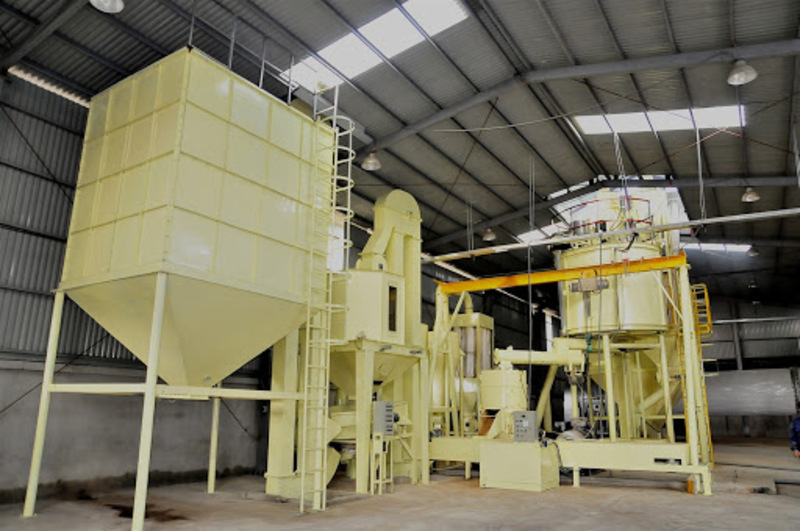
Phu Tai Bio-energy Joint Stock Company, with the goal of becoming a leading producer and exporter of solid biomass fuels, aims to build a foundation of sustainable development with a focus on human resources. The company envisions creating a professional and friendly working environment for its employees, providing deserving remuneration packages, ensuring fair and transparent human resources policies, and emphasizing training and human development
3. Smartwood
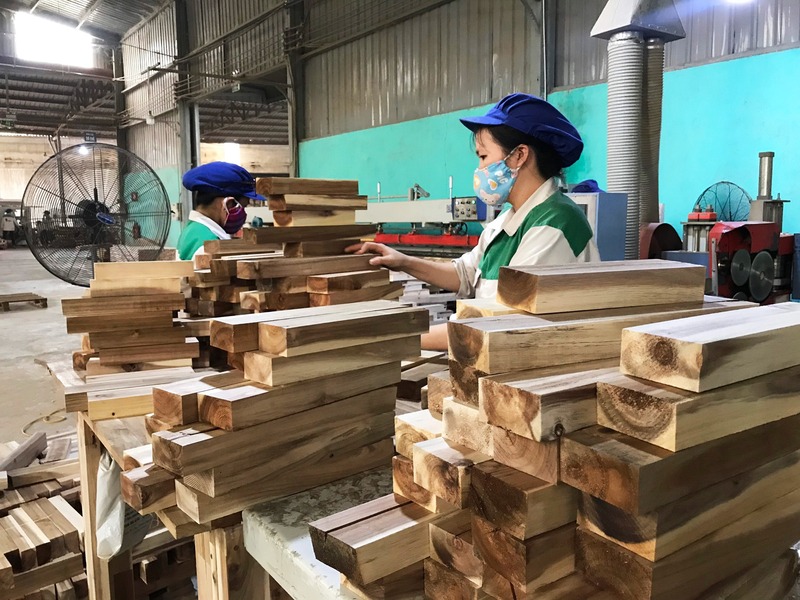
In its initial stages, SMARTWOOD LTD., CO exclusively manufactured Acacia/Rubber FJ panels to cater to the local market and also ventured into exporting to the Asian market. Over time, the company has undergone substantial growth and diversification in its operations. Presently, our business has expanded to encompass a broader range of products, including Wood pellets, Finger Joint wood, Solid wood panels, and Decking tiles crafted from materials like Acacia, Rubber, Wenge, and Sapele wood. This expansion has enabled us to establish a global footprint, with our products being shipped to a multitude of countries across the world, including the USA, Canada, Australia, Europe, and Asia.
4. Uniexport
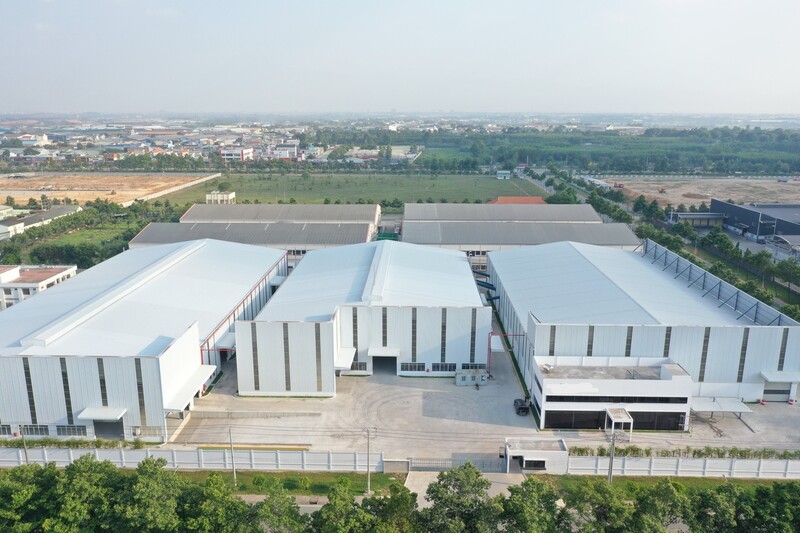
As a prominent provider of biomass and wood products within Vietnam, Uniexport is deeply dedicated to fostering renewable energy and environmentally conscious goods. Their commitment to sustainable progress drives us to limit the emission of greenhouse gases and the usage of chemicals, aligning with our aspiration for a more eco-friendly world. Through a network of seven production facilities, they supply over 800,000 tons of biomass energy, along with 200,000 tons of wood sawdust, wood shavings, and wood powder annually. Additionally, Uniexport’s output includes more than 18,000 cubic meters of plywood each year. This substantial production capacity positions them to effectively address the growing demand for eco-friendly materials and energy, serving various sectors ranging from large-scale thermal power plants and industrial boilers to agricultural farms, construction projects, and household requirements.
Conclusion: As the global market for renewable energy sources continues to expand, Vietnam’s prominence in wood pellet production is poised to play a pivotal role. The aforementioned article has provided an explanation of wood pellets, their distinctive features, and the technology involved in producing wood pellets in Vietnam. Drawing from our expertise in selecting wood pellet manufacturers, we have also shared information about the top four leading factories in this sector. Our aim is to simplify the process of locating Vietnamese wood pellet manufacturers for international buyers. Should you have any inquiries or encounter challenges during your sourcing journey, please feel free to contact us for immediate assistance.



